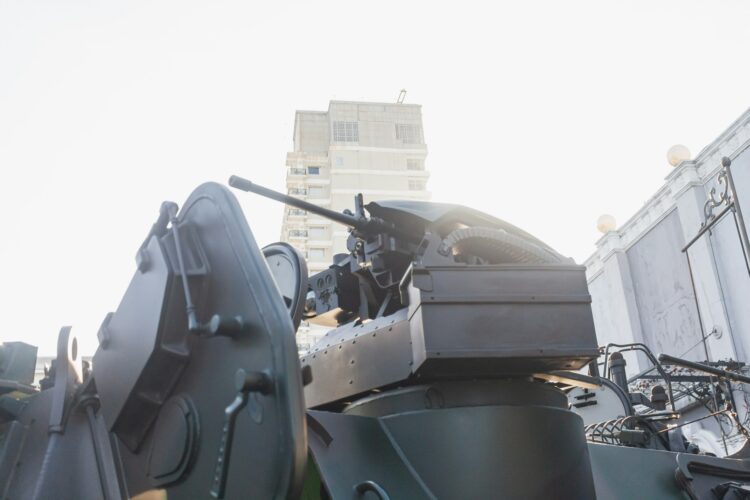Artificial intelligence (AI), an indispensable tool for various nation’s militaries, continues to advance and intensify on the battlefield, propelled in part by the ongoing war in Ukraine. This conflict is not only an emblem of traditional warfare but also a driving force for technological innovation, particularly the increased use of AI in military operations.
Paul Scharre, a former Army Ranger, Pentagon official, Vice President and Director of Studies at the Center for a New American Security, elucidates on the deployment of AI in contemporary warfare and its potential for the future. As per his book “Four Battlegrounds: Power in the Age of Artificial Intelligence”, AI technologies are increasingly employed in various aspects of modern combat. The utility of AI, however, is not solely confined to an active war zone. AI’s function extends to logistics, maintenance, personnel management, and other non-combat related tasks, akin to operations seen in companies like Walmart or Amazon.
Current applications of AI on the battlefield are focused on augmenting human decision-making, primarily by facilitating rapid data processing. In Ukraine, AI is employed to sift through satellite images and drone video feeds, enabling faster and more accurate responses. This capacity to expedite decision-making on the battlefield showcases the enormous potential of AI, but it also raises serious questions about the level of human control over these technologies.
Envisioning a battlefield where humans are no longer in direct control is fraught with both opportunities and challenges. Technological advancements have led to the emergence of drones capable of locating and attacking targets autonomously, without any human intervention. This opens up complex ethical, legal, and moral questions about human control over warfare, particularly as we observe Ukraine’s pioneering application of these autonomous devices.
The long-term implications of these technologies are concerning. Warfare, a catalyst for innovation, could potentially lead to a surge in the development and deployment of autonomous weapons systems. Both state and non-state actors, including terrorist organizations, could exploit these advancements. Scharre cites ISIS’s deployment of a sophisticated drone army as an example of this worrying trend.
The increasing commercial availability of AI technology poses new challenges. The U.S. Department of Defense, for example, faces significant hurdles in keeping pace with this rapidly advancing tech. Scharre admits that the Pentagon is “woefully behind”, unable to adapt quickly due to cumbersome bureaucracy and an outdated acquisition model. The organization must adapt to the nimbleness of the AI era, cutting through red tape and accelerating its procurement and development processes.
Amidst the rapid proliferation of AI, the international community grapples with the need for a unified regulatory framework. Countries worldwide are polarized, with some advocating for adherence to existing war laws while others call for a preemptive legally binding treaty to ban autonomous weapons before they become widespread. Thus far, this discourse has yet to reach a definitive consensus.
As we stand on the precipice of a new era, it is crucial to balance the benefits of AI in warfare against the potential risks. Ensuring that human judgment remains at the core of decision-making and fostering an international consensus on AI use in warfare could pave the way to a future where AI serves to protect rather than endanger humanity.









